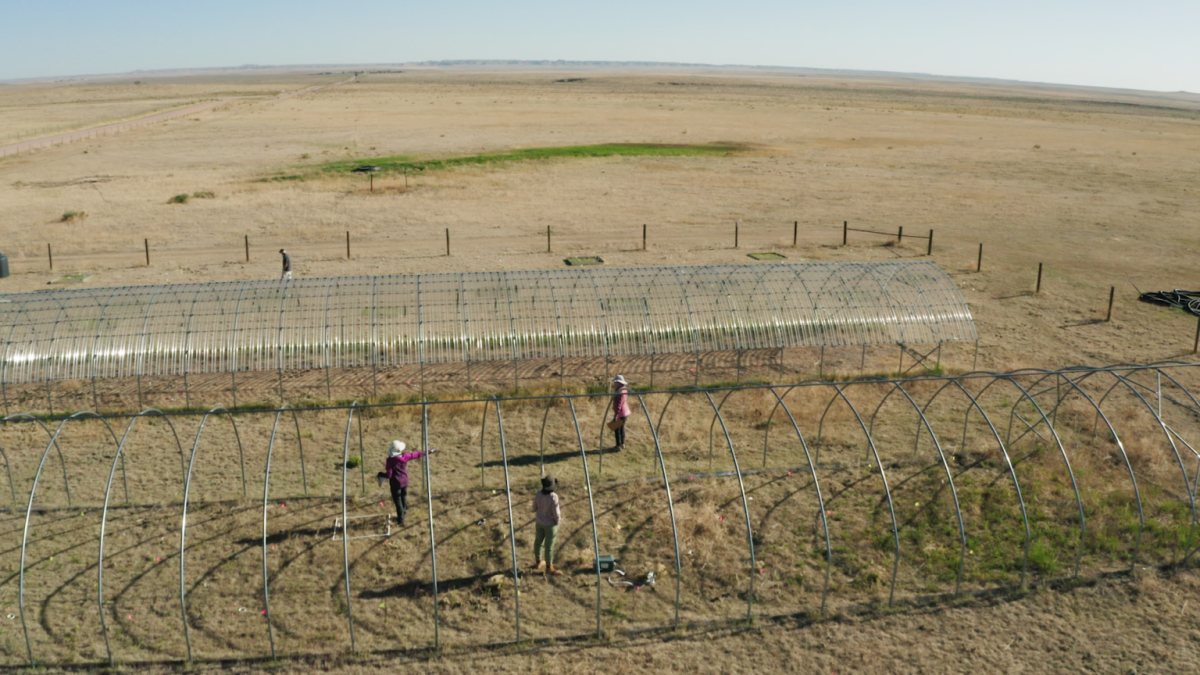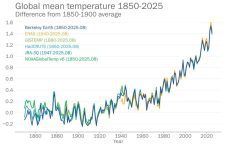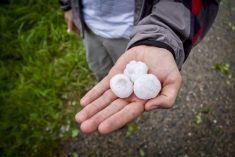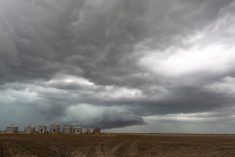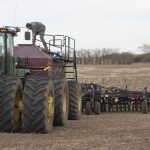Colorado State University — Extreme, prolonged drought conditions in grasslands and shrublands would greatly limit the long-term health of crucial ecosystems that cover nearly half the planet, says new research published in the journal Science.
“Climate change is bringing more severe and longer-lasting droughts to many locations around the world. Some ecosystems have shown resilience to increasing drought, but this could change as droughts become more severe,” said the study.
The research showed that losses in plant productivity — the creation of new organic matter through photosynthesis — were more than twice as high after four years of continued extreme drought when compared to losses from droughts of moderate intensity. Grassland and shrubland ecosystems especially lose their ability to recover over time under prolonged dry conditions.
Read Also

Survey looks to gauge whether producers are aware of free agronomic tools and where producer funds are going
Survey looks to gauge whether producers are aware of free agronomic tools and where producer funds are going
“We show that — when combined — extreme, multi-year droughts have even more profound effects than a single year of extreme drought or multi-year moderate droughts,” said Colorado State University biology professor Melinda Smith, who led the study with Timothy Ohlert, a former CSU postdoctoral researcher.
“The Dust Bowl is a good example of this,” said Smith in a news release on the study. “Although it spanned nearly a decade it was only when there were consecutive extremely dry years that those effects, such as soil erosion and dust storms, occurred. Now with our changing climate, Dust Bowl-type droughts are expected to occur more frequently.”
Smith designed and led the International Drought Experiment with more than 170 researchers around the world. For the project, researchers built rainfall manipulation structures that reduced each rainfall event by a target amount over a four-year period in grassland and shrubland ecosystems across six continents.
By simulating 1-in-100-year extreme drought conditions, the team was able to study the long- and short-term effects on grasslands and shrublands, which store more than 30 per cent of global carbon and support key industries, such as livestock production. Variations in precipitation, as well as soil and vegetation across continents, meant different sites experienced different combinations of moderate and extreme drought years — providing unique experimental conditions that informed the study.
The research also suggests that the negative impacts on plant productivity are likely to be much larger than previously expected under both extreme and prolonged drought conditions.

